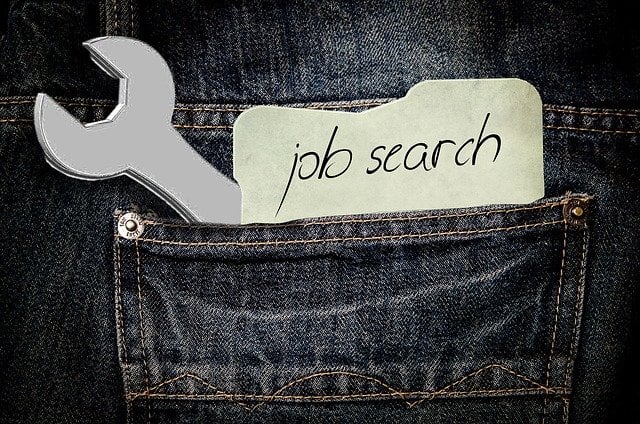The Money
The federal government has thrown trillions of taxpayer dollars at economic relief efforts in the wake of the COVID-19 pandemic. The unprecedented size of this financial investment, combined with the puzzling way it was distributed to Americans, may have prolonged our nation’s economic recovery.
President Biden signed a $1.9 trillion COVID-19 relief package back in March, bringing total federal aid for COVID-19 relief to about $5 trillion over the last two presidential administrations. The size of this total outlay surpassed the total relief packages for the 2008-09 financial crisis. It even outstripped the entire inflation-adjusted budget total spent by the Roosevelt administration during the Great Depression, when one in four workers were unemployed without any public welfare safety net.
Further, the composition of federal spending was paradoxical. On the one hand, a $300 weekly federal bonus in state unemployment checks continued from the spring of 2020 to the fall of 2021. Recipients were not required to show any job search effort to qualify for receiving these benefits. On the other hand, $1,200 direct stimulus payments were distributed in the fall of 2020 to anyone earning less than $75,000 per year, which was in addition to the $1,400 direct payments distributed the following spring.
The federal government designed a massive pandemic aid package that simultaneously boosted consumer spending while extending the time workers could afford before returning to the workforce to produce the extra goods needed. And the economic data seems to support this hypothesis.
While the Fed notes that total US inventories have regained their pre-pandemic levels, US Census Bureau data reveals that the ratio of total inventory to total sales revenues fell from a 2019 average at just over 1.4 to a low of 1.25 in September.
Recall that revenues are simply prices per unit times the number of units sold. The 10% fall in this inventory to revenues ratio implies that consumers are now either buying a higher quantity of goods, are paying higher prices for goods, or both. Our prior article revealed how goods prices are rising. A closer look at the US labor data explains why.
Does Anyone Work Here?
The Fed notes that while the unemployment rate has fallen to 5.2%, this is still higher than the 3.5% rate our economy enjoyed just prior to the pandemic. Yet, data from the US Labor Department indicate that unfilled job openings, which averaged just over 7 million in 2019, rose to 10 million in June of 2021. How can unemployment remain high when total job openings across the nation have increased by over 40%?
The government’s unemployment rate is the ratio of those who are both without a job and are looking for a job to the size of the total labor force in the economy. The labor force is that portion of the nation’s non-institutionalized population between 16 and 65 years old that is either working or are actively looking for work.
When the number of unemployed people not looking for work increases, the size of the labor force falls and the unemployment rate rises. Also, the size of our labor force reflects the nation’s capacity to produce goods and services. This means a shrinking American labor force causes jobs to remain unfilled and U.S. economic output remains suppressed. But just how bad is it?
The Bureau of Labor Statistics reports that the education and health services industry has over 2 unfilled openings for every existing employee. That ratio for the mining and logging industries is 1.6. Even federal, state, and local governments report a ratio of nearly 1.5.
Indeed, the Federal Reserve Bank reports that the U.S. labor force participation rate shrank from 63.4% in January of 2020 to 61.7% in August of 2021. This means there are now nearly three million fewer potential workers participating in our nation’s economy compared to pre-pandemic levels.
Many analysts point to changing American demographics as causing the steady downward trend in the size of our workforce. While this might explain the gradual erosion from a recent peak of 67.2% back in early 2000, it certainly fails to explain why our workforce hasn’t regained its level of participation seen just prior to the COVID-19 recession. Indeed, our labor force participation rate has remained constant at just over 61% for the past 12 months.
This participation gap represents a huge loss in productivity to our economy. Over the past decade, labor’s contribution to total national output has hovered around 60% of GDP. Using this contribution rate per U.S. worker observed at pre-pandemic levels of output, the loss of these three million American workers represents a decline in GDP of over $200 billion, or about 1% of our nation’s total output.
In sum, the federal government has chosen to provide relief in the form of motivating significantly greater consumption while dissuading the labor productivity needed to satisfy the resulting increase in household demand. Our federal government needs to learn that any financial aid designed to assist those in need is always a double-edged sword. What provides true relief also provides unproductive incentives. Bigger is not always better. And how that aid is distributed matters.

